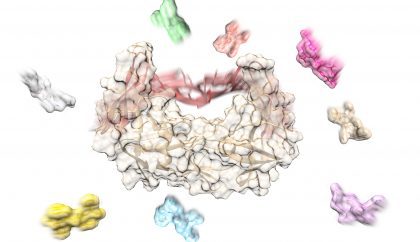
Computing drug-target binding kinetics: three papers in the Journal of Chemical Theory and Computation
How long does a drug molecule stay bound to its protein target? How quickly does it bind to and dissociate from …
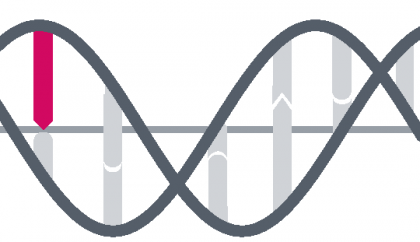
New Research Project: Mathematical Oncology in Heidelberg
An interdisciplinary team of researchers from Heidelberg is working together to develop mathematical modeling to help decipher tumor development in hereditary …

Revisiting star formation in the era of big data
HITS group leader Kai Polsterer selected member of an international team at the International Space Science Institute Kai Polsterer, head of …
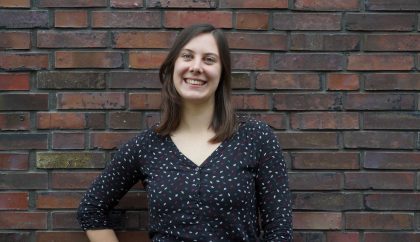
“TULIPS” lets astronomy flourish in the classroom
HITS researcher Eva Laplace has developed a software that visualizes the evolution of stars in short movies. For this project that …
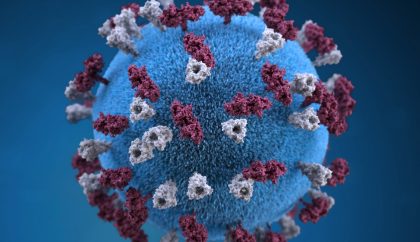
Searching for a way out of the brain fog caused by COVID-19
HITS is a partner in the new EU-funded research program “BRAVE” that proposes tackling COVID-19 brain inflammation with computer-designed molecules. The …
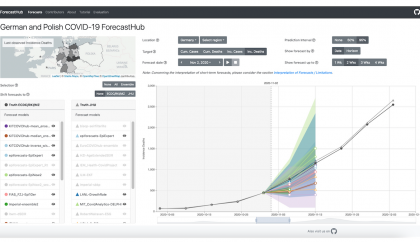
More than the sum of its parts: Combining models to improve COVID-19 forecasts
Soon after the beginning of the pandemic, researchers from the Heidelberg Institute for Theoretical Studies (HITS) and the Karlsruhe Institute of …
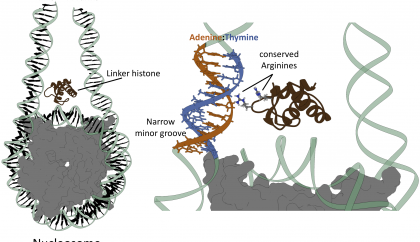
It’s in the DNA: sequence recognition by the linker histone
Using single-pair FRET (Fluorescence/Förster Resonance Energy Transfer) spectroscopy and computational modeling, Madhura De, researcher in the Molecular and Cellular …
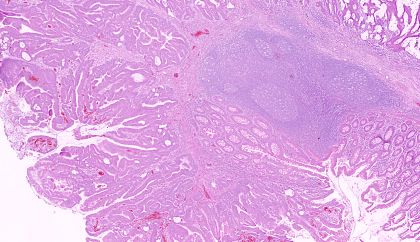
Computational Oncology: Exploring the origin of Colon Cancer
Colon cancer is one of the most common cancers in men and women worldwide. Due to the microscopic size of the …

Using Bioinformatics algorithms to predict the European Football Championship
Researchers from the Computational Molecular Evolution (CME) group at HITS have simulated the knock-out phase of the European Football Championship using …
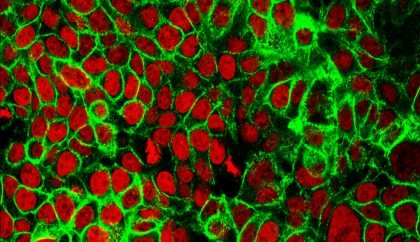
Investigating cancer development with the help of mathematics
Scientists from Heidelberg have found a way to trace cancer formation using mathematical models. The results have now been published in …